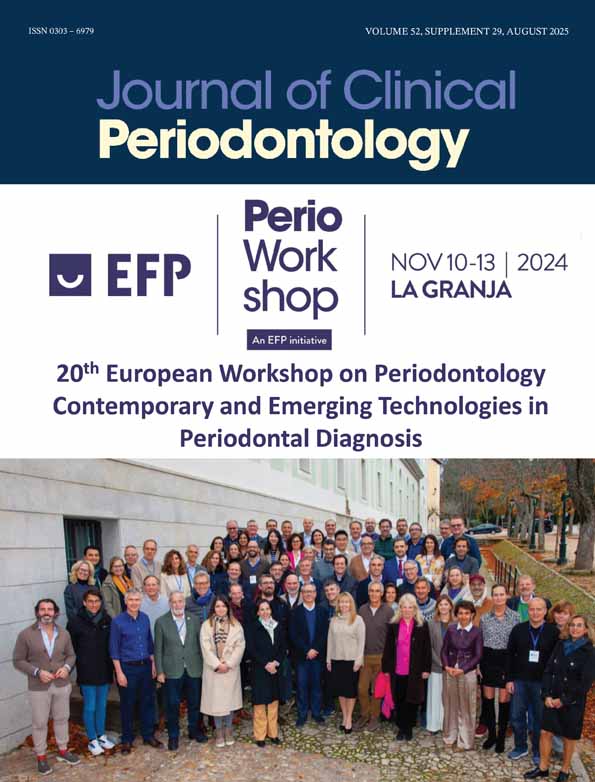A rapid DNA probe test compared to culture methods for identification of subgingival plaque bacteria
Abstract
There has been a significant amount of interest in developing a more rapid and cost-effective test to identify bacterial pathogens in plaque. DNA probe technology may meet both these objectives, it is more rapid and cost-effective when compared to culture methods. The purpose of this study was to compare an automated DNA probe test with classical culture methods for identifying Bacteroides forsythus and Porphyromonas gingivalis in subgingival plaque of patients with adult periodontitis. Subgingival plaque samples were collected from sites with moderate to severe periodontitis and divided into two aliquots for analysis by either DNA probe or culture methods. When the DNA probe method was compared with the culture method (gold standard), the sensitivity and specificity for B. forsythus were 92.0% (SE = 3.4%) and 50.5% (SE = 7.8%), respectively; for P. gingivalis they were 52.2% (SE = 8.7%) and 74.7% (SE = 5.9%), respectively. Detection of B. forsythus and P. gingivalis by DNA probe correlated with probing depth (P = 0.01 for B. forsythus and P = 0.03 for P. gingivalis). It was concluded the DNA probe test was comparable to culture methods in detecting B. forsythus. In addition, when compared to the culture method, a better correlation was obtained with DNA probe detection of B. forsythus or P. gingivalis and clinical parameters.




